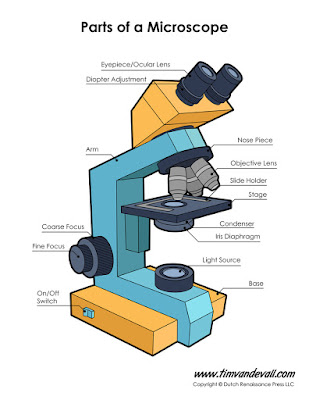Introduction to Heat
- Define, in your own words, what HEAT is.
- List three units for measuring heat.
- Clearly explain the difference between heat and temperature.
- What is the fancy Science word for when heat transfers from one object touching another or mixed with another, and eventually they have the same temperature?
- Give one real-world example of equilibrium.
- Fancy Science word that refers to when heated objects get bigger.
- Fancy Science word that refers to when objects get smaller as they cool.
- Briefly explain how expansion and contraction are used in mercury thermometers.
- Explain what conduction of heat means.
- List one example of a good conductor.
- Explain why pots and pans are made of metal.
- Starting with ice (solid), briefly describe the changes of state that take place as you add more heat.
TRY THE TEN-QUESTION QUIZ AND ACE IT! *Write down your score as a fraction.
- Explain what happens to the movement of particles in an object at higher temperatures.
- Explain what happens to the movement of particles in an object at lower temperatures.
- Fill in the blanks: Heat energy always travels from a _______________________ to a ____________________________________. (around 1:50)
- List at least five places heat energy is used in a home.
- Briefly explain what Geothermal energy is.
- List the names for the three ways heat can move between objects and spaces.
- In your own words, explain what conduction of heat means.
- In your own words, explain what an insulator is.
- Explain why many metal pots and pans have a wooden handle.
- Explain why your feet feel colder on tiled floors compared to wooden floors, when both floors are the same temperature.
- Explain why homes have insulation in their walls.
- Which two states of matter are fluids?
- Which two states of matter does convection take place in.
- Explain what convection of heat means.
- Make a quick sketch to show how the movement of hot and cold water when convection takes place in a pot of water being boiled on a stove.
- Give one real-world example of convection of heat.
- Explain what radiation of heat means.
- Give three or four real-world examples of radiation of heat.
- Briefly explain what terrestrial radiation means and why it is important for life on our planet.
Bill Nye - Heat
Convection Experiment




